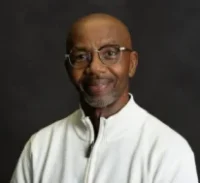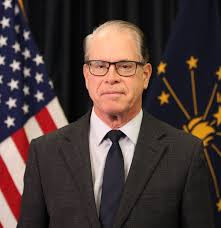The Screaming Eagles (1-5) spent the opening half working to overcome an early 8-0 deficit before heading into the intermission in a 37-27 hole.
UIC (4-2) opened the second half with seven straight points to expand its lead to what was then a game-high 17 points.
USI, which trailed by as much as 13 in the opening stanza, was able to cut the Flames’ advantage down to five (32-27) when senior guard Cardell Bailey scored on a tip-in layup with just under two minutes before halftime.
The Flames, however, ended the first half on a 5-0 run and their 7-0 run to begin the second period had the Screaming Eagles down 44-27 with 18 minutes left in the contest.
USI’s deficit grew to 20 points (67-47) with seven minutes left in the contest, but the Screaming Eagles kept fighting. A 14-3 run in the next three minutes cut the Screaming Eagles’ deficit to single digits with four minutes to play.
The Screaming Eagles used a 5-0 run to get to within five points at 76-71 as senior guard Ismail Habib hit a three-pointer with just over two minutes on the clock following a basket by junior forward Tolu Samuels.
UIC, however, answered with eight consecutive points to seal the victory and hand USI its second straight loss.
Samuels had 16 points, three blocks and a game-high 14 rebounds to lead the Screaming Eagles. Habib added 13 points and seven assists, while Bailey chipped in 12 points.
Junior guard Kaden Brown and senior forward Ola Ajiboye each had 10 points to round out USI’s double-figure scorers.
UIC was led by junior guard Ahmad Henderson II, who had a game-high 20 points.
Next Up For USI:
USI returns to the Midwest during Thanksgiving week for a pair of games. The Screaming Eagles finish their three-game road swing with a trip to Valparaiso University November 26 for a 2 p.m. tipoff before coming home to Liberty Arena to face off with Kentucky State University November 29 at 3 p.m.
The Valpo Beacons are 4-1 to begin this year, falling only to ninth-ranked Kentucky. Last week, Valpo posted a home win over Bryant University, 68-50, and a road win at Cleveland State, 90-75. The USI-Valpo matchup will be the first meeting in men’s basketball.
Kentucky State, a former rival in the Great Lakes Valley Conference, is off to a 1-3 start to begin 2025-26. The Thorobreds lost to Benedict College Saturday and hosts Fort Valley State University Tuesday before coming to Liberty Arena.
USI led the all-time series with Kentucky State, 20-3, during its Division II and GLVC years. The last meeting was in a non-conference game in 2015-16 when the Eagles won, 95-68.























